Gluten Free Biscuit Recipe – Using homemade “buttermilk” made with nut milk and white vinegar, this new and improved Gluten Free Biscuit Recipe is ready for you to enjoy. There is just a little bit of hands of labor, but it is completely worth it in the end. Once you’ve made this recipe 2-3 times, it will be a piece of cake!
The first night I made these flaky buttermilk gluten free biscuits for my family, the biscuits were completely gone before dinner was over. All were gone and everyone wanted more. This is when you know you have a winning recipe. Yes, they are that delicious.
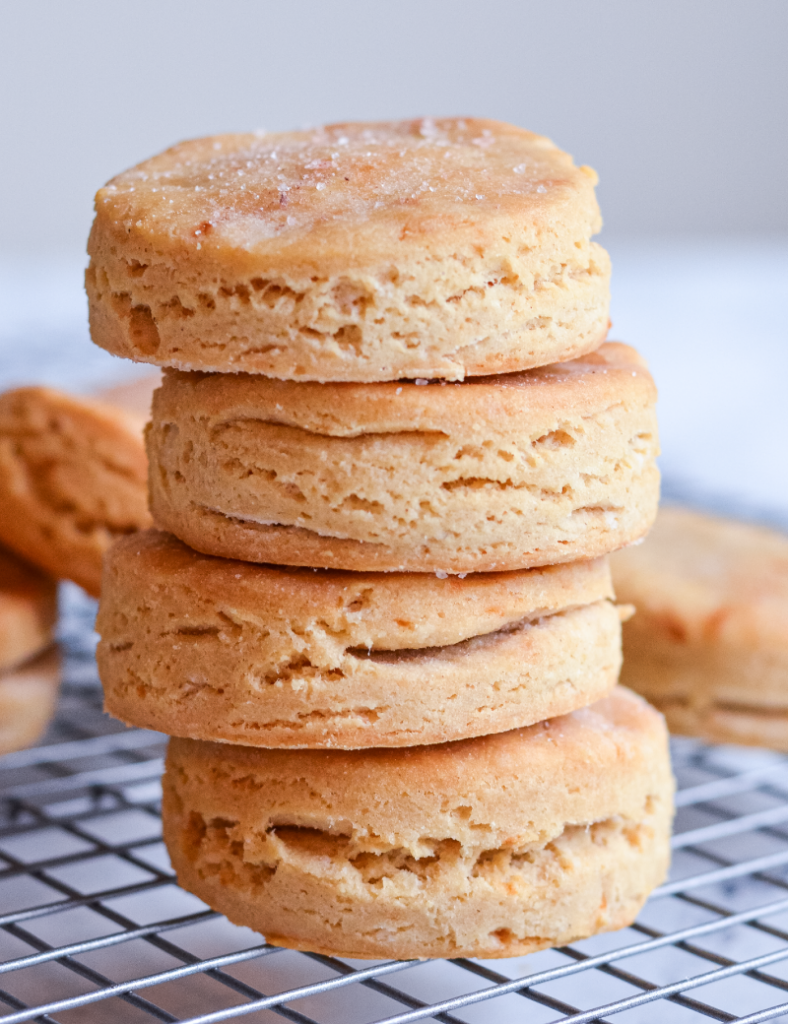
Healthy and Flaky Gluten Free Biscuit Recipe
As far as I can remember, this was the first time I attempted to make dinner biscuits, but they were such a hit I wish I had done so years ago.
Please note, this recipe makes a dozen biscuits but they are very small, so you may want to consider making a double batch.
I grew up eating (and loving) the kind of biscuits and gravy that were not made with health in mind. Oh but were they GOOD! Sometimes the biscuits from my childhood were from a can, sometimes from scratch, but they always had 3 staple ingredients: butter, all-purpose flour and cow’s milk.
My recipes doesn’t have any one of those ingredients and yet I promise they do not taste anything at all like health food.
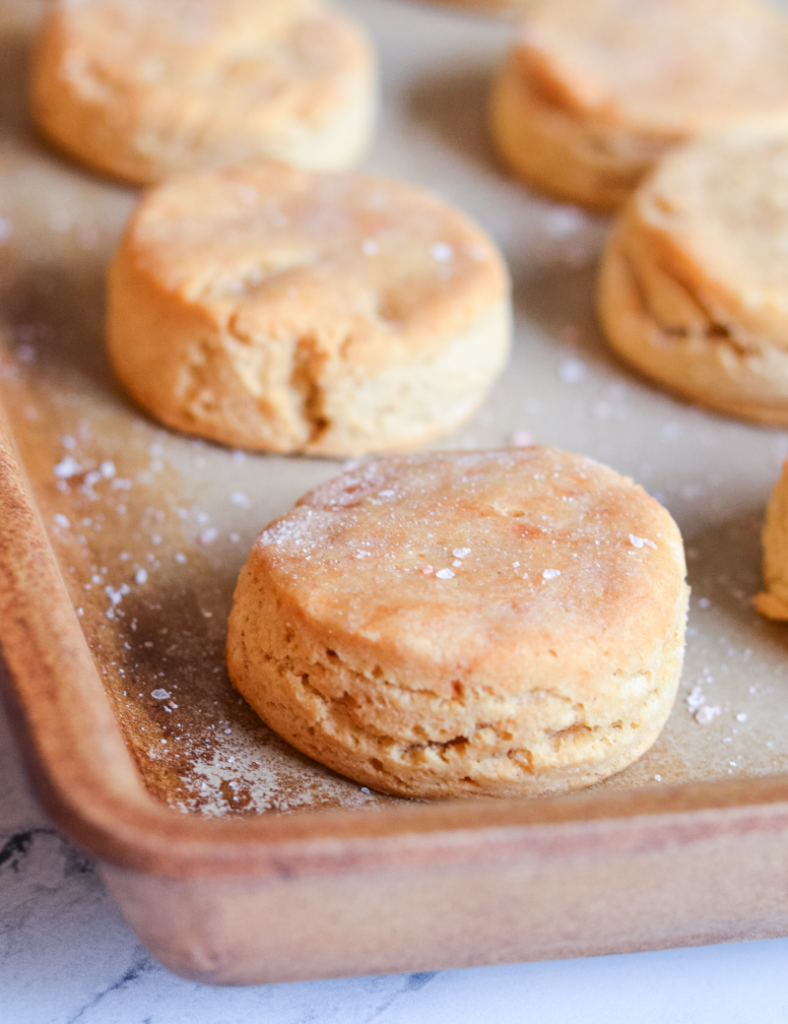
How to Make Buttermilk Gluten Free Biscuit Recipe
There’s a handful of steps that I took to ensure that we were getting delicious gluten free biscuits without jeopardizing flavor or nutrients. Follow these simple swaps and general guidelines to make your buttermilk gluten free biscuit recipe as delicious and irresistible!
#1: Use King Arthur Gluten Free Flour
Now that gluten free has been growing in popularity, I just want to take a minute to share a few quick notes. First, just because something is gluten free, it does not make it “healthy”. Matter of fact, most of the pre-packaged gluten free foods found on the market are loaded with flour made from white rice and lots of sugar.
For this recipe, our go-to flour of choice is cup-for-cup gluten free flour by King Arthur brand. It literally is an 1 for 1 replacement for flour, but it’s whole grain too. So, if you’re looking for a great consistency, be sure to check out the blue bag.
#2: Dairy Free Homemade Buttermilk
As for the replacing cow’s milk with nut or hemp milk, it’s a 1 for 1 replacement too. I simply swapped cow’s milk for almond milk, but you could also use unsweetened hemp milk or cashew milk. However, you can definitely use almond or cashew milk in this recipe.
For this recipe, it calls for 1 cup of buttermilk. Start by adding 1 tablespoon vinegar and then fill up your measuring cup to the 1 cup mark. Put the measuring cup in the fridge to keep the buttermilk cold until you need it.
#3: Use Coconut Oil Instead of Butter
By substituting extra virgin coconut oil for the butter you still get the desirable full-fat mouth feel. And, as long as you use a high-quality extra virgin coconut oil you won’t have to worry about any unwanted coconut-y after taste either.
This coconut oil comes together perfectly with the gluten free flour. It will feel like you’re making regular biscuits. Just a lot healthier.
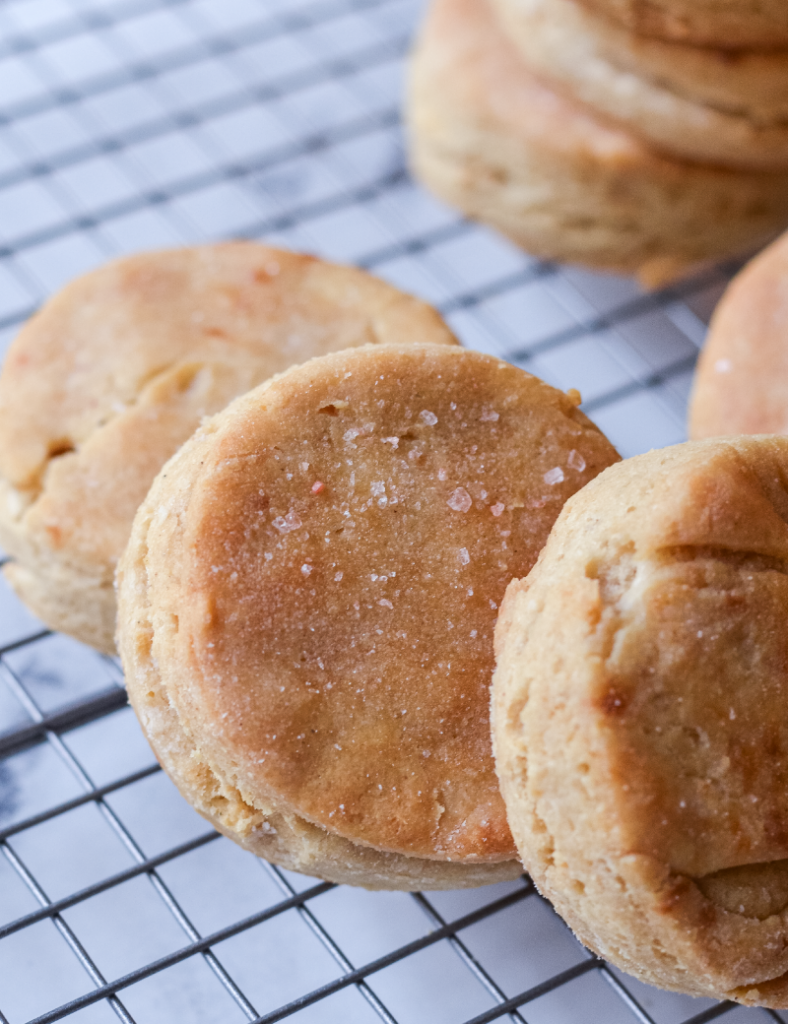
No Rolling Pins Involved to Make this Gluten Free Biscuits Recipe
Once your dough comes together, you want to avoid over-mixing and please do NOT try to roll this out with a rolling pin.
There is a better way and it’s a super easy method and clean up is a breeze.
#1: Line Your Counter With Unbleached Parchment Paper
Line your counter with an oversized piece of unbleached parchment paper and sprinkle with 1 tablespoon of gluten free flour. Add the dough to the floured surface and sprinkle with another tablespoon of gluten free flour.
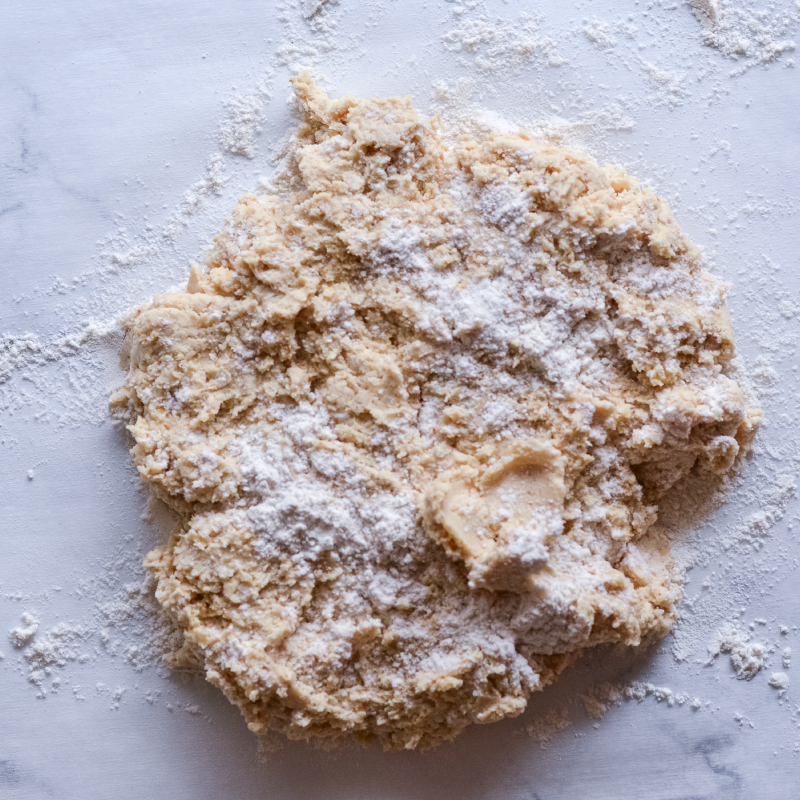
#2: Using the Parchment Paper Edges, Fold the Dough Twice!
The dough will be slightly sticky. Using the parchment paper, fold the dough on top of itself in half — the in half again. Using the parchment paper to push the dough to about 1″ thick. Avoid touching with your hands, if you can as the dough is going to be flaky and moist.
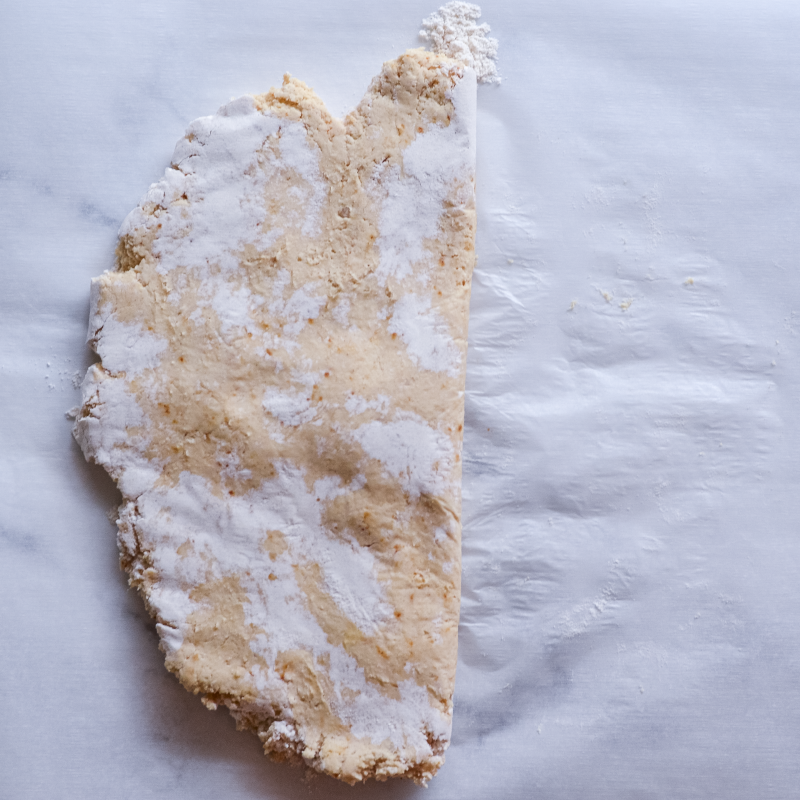
#3: Use a 2″ Biscuit Cutter to Make the Gluten Free Biscuits
Using a 2 inch biscuit cutter, push down into the dough and gently placed on a prepared baking stone. Reform the leftover pieces of dough using the parchment paper to continue cutting the biscuits. You should have 10-12 biscuits.
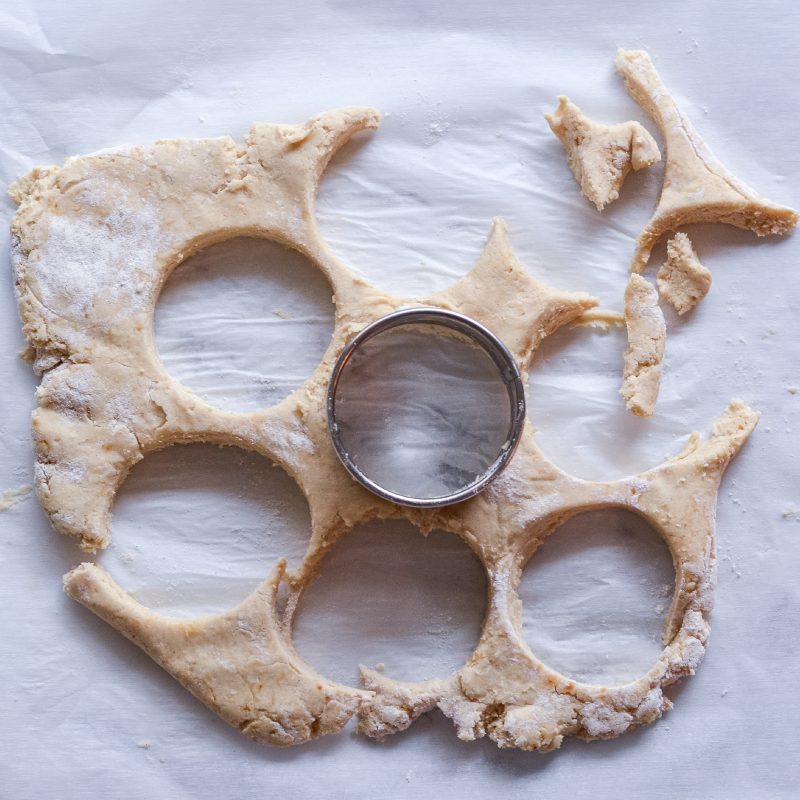
Making these biscuits are VERY easy, but it does take 2-3x before you really get the hang of the process. But, trust me, totally worth the effort and this is definitely our new go-to gluten free biscuit recipe.
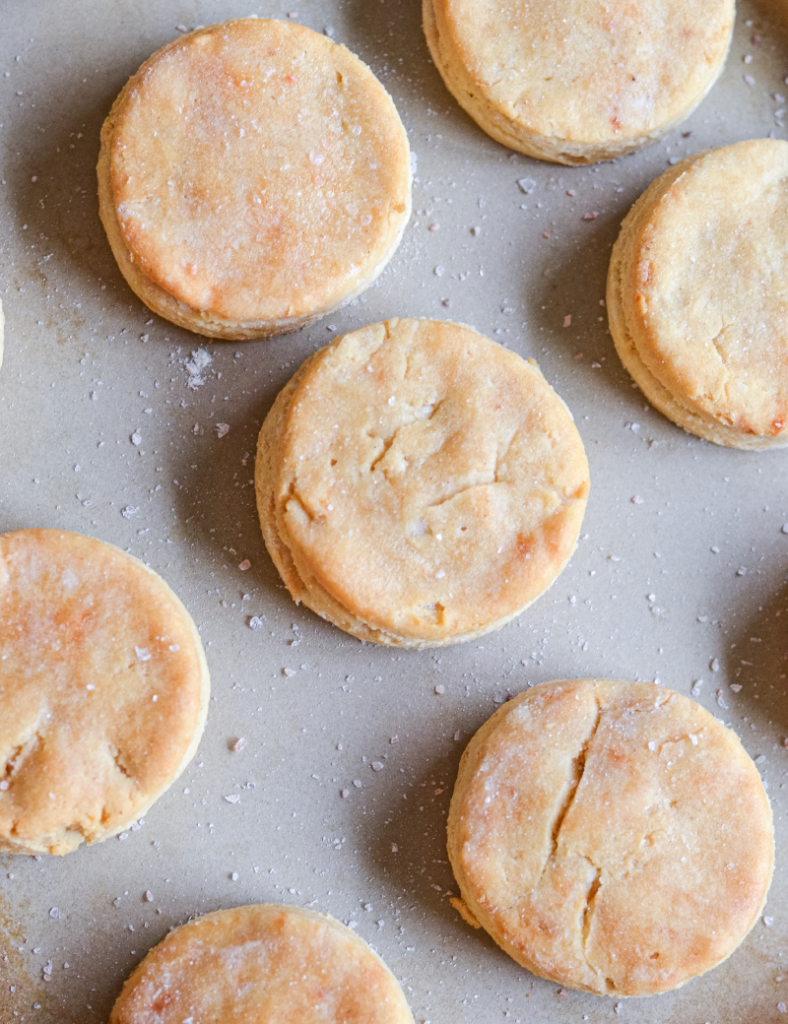
We love adding a little drizzle of honey on top of these gluten free biscuits when they are right out of the oven. Look for local honey, when possible.
Gluten Free Biscuit Recipe
Gluten Free Biscuit recipe is perfect for dinner. With 7 ingredients, you can bake these while making dinner and they’ll be ready on time!
- Prep Time: 15 minutes
- Cook Time: 15 minutes
- Total Time: 30 minutes
- Yield: 1 dozen 1x
Ingredients
- 2 cups gluten free flour
- 1 tablespoon baking powder
- 1 teaspoon sea salt
- 2 tablespoons coconut sugar
- 1 cup nut-based buttermilk, see notes
- 6 tablespoons organic coconut oil
- 1 pastured egg, lightly beaten
Instructions
- Preheat the oven to 450 degrees.
- In a large mixing bowl, combine the gluten free flour, baking powder, sea salt, coconut sugar and whisk together until well combined. Set aside.
- Measure out the coconut oil and then cut into small pieces and place in the fridge or freezer until cold and hard.
- Once the coconut oil is solid, scrape into your flour mixture. Using a hand pastry blender, combine until the dough has turned into the size of small peas.
- Next, add the buttermilk and whisked egg to the flour mixture and stir until combined. Be careful to not over mix.
- Line your counter with a large piece of parchment paper and sprinkle with1 tablespoon of gluten free flour. Add the dough to the floured surface and sprinkle with another tablespoon of gluten free flour. The dough will be slightly sticky.
- Using the parchment paper, fold the dough on top of itself in half — the in half again. Using the parchment paper to push the dough to about 1″ thick. Avoid touching with your hands, if you can as the dough is going to be flaky and moist.
- Using a 2 inch biscuit cutter, push down into the dough and gently placed on a prepared baking stone. Reform the leftover pieces of dough using the parchment paper to continue cutting the biscuits. You should have 10-12 biscuits.
- Bake at 450 for 15-18 minutes – they are done once golden brown.
Last Step! If you loved our recipe, leave us a review below. This helps future recipe makers and ensures continued high-quality recipes for years to come!
Notes
*Make Nut-based Buttermilk: In a 1 cup glass measuring cup, you can easily make your own buttermilk by first adding 1 tablespoon of white vinegar, then add almond, cashew or hemp milk to the 1 cup mark. Let the milk and vinegar rest for about 5 minutes in the refrigerator.
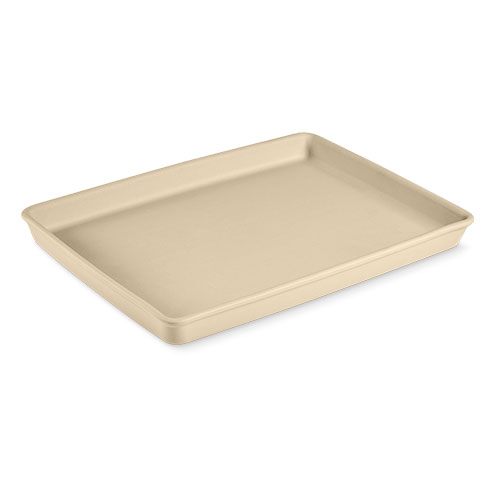
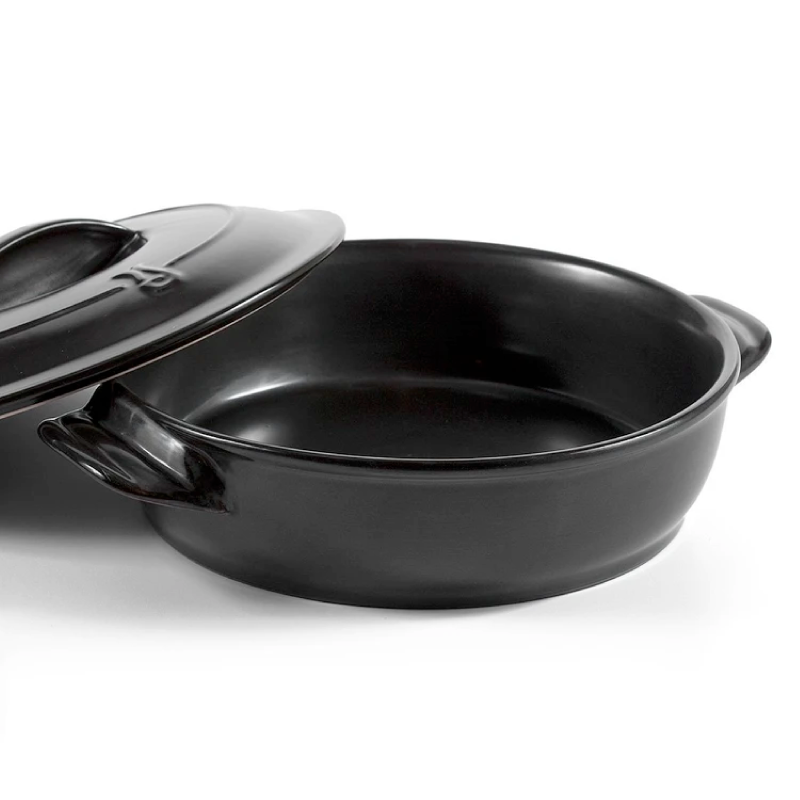
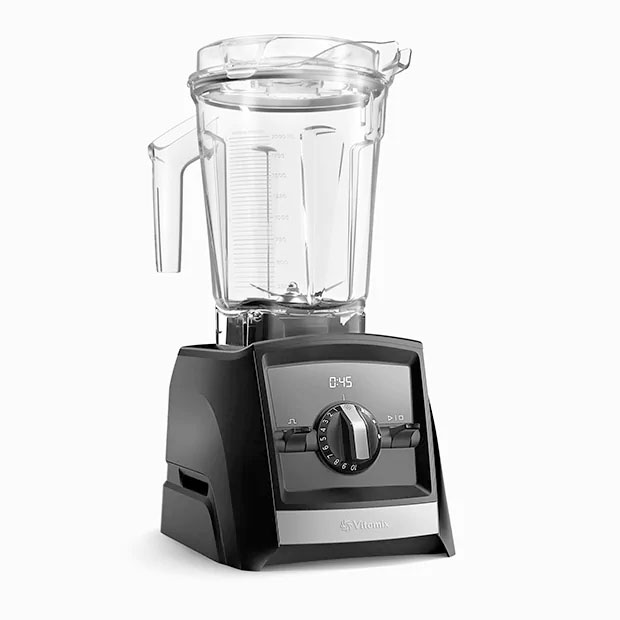
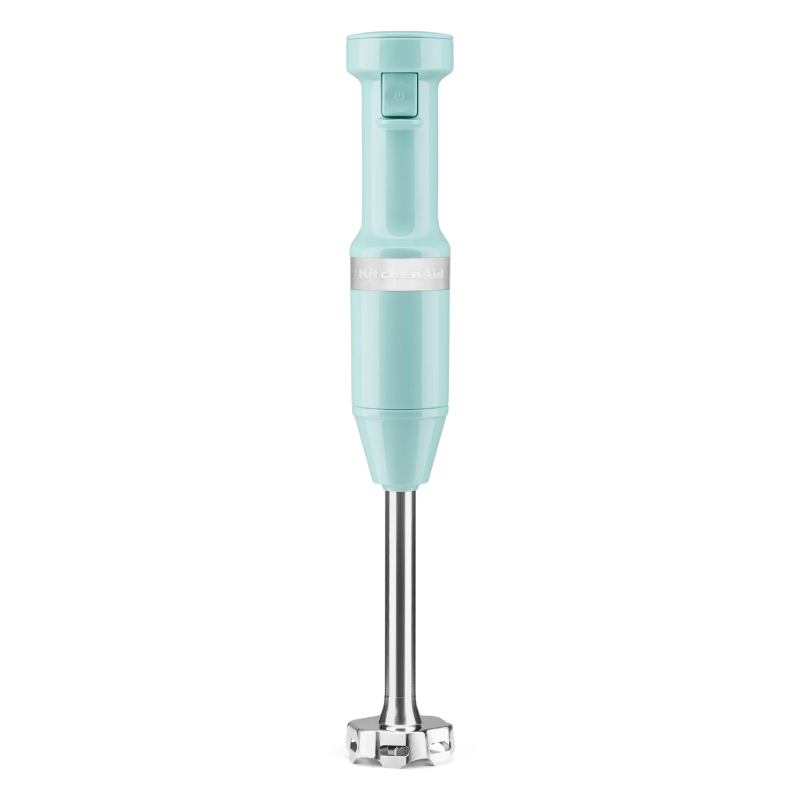
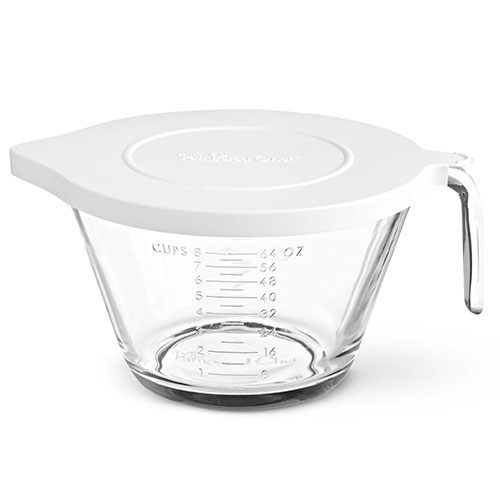

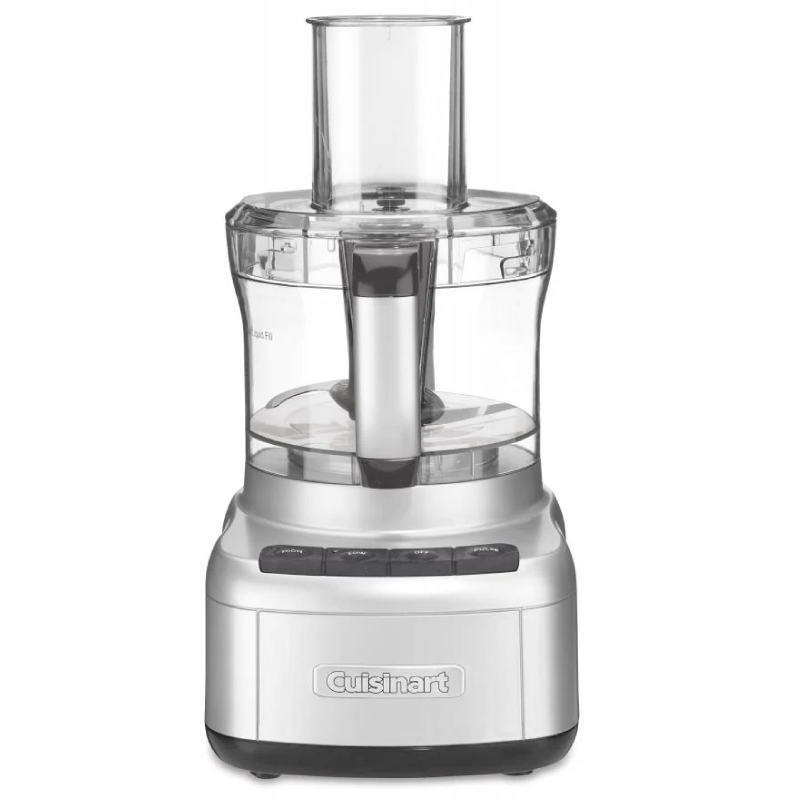
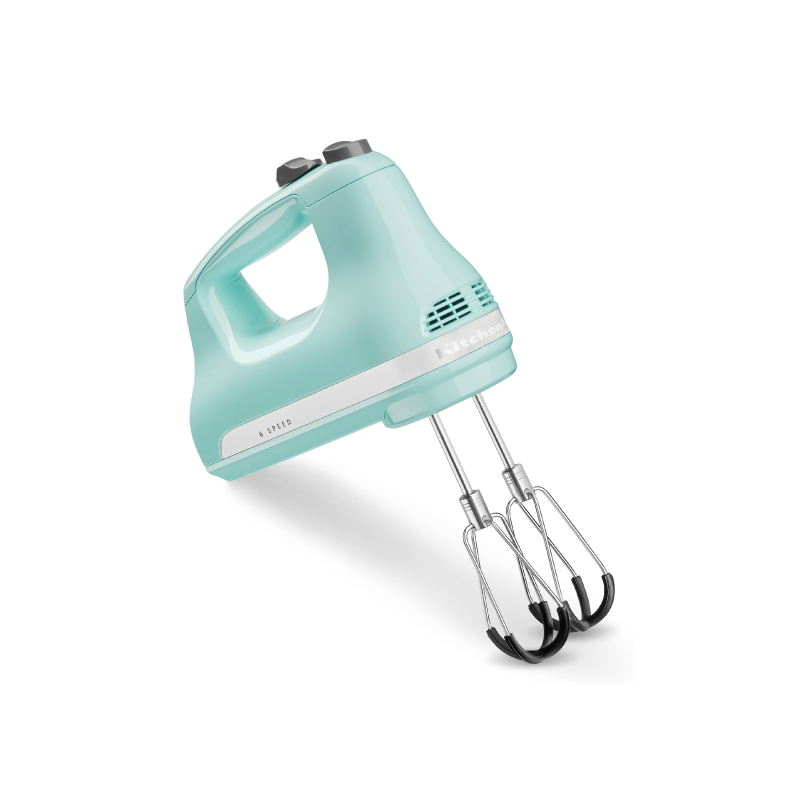
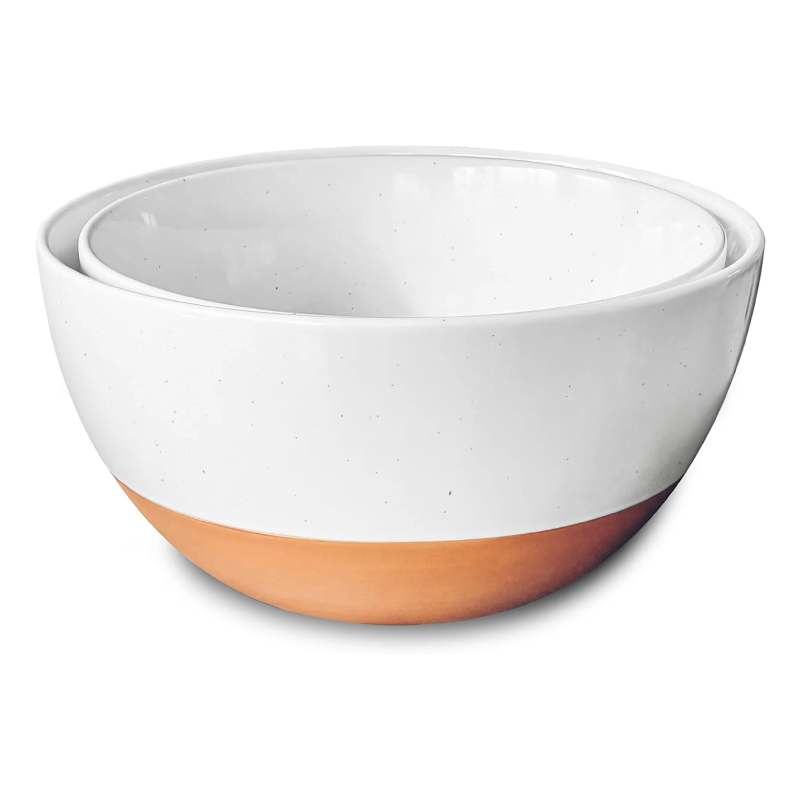
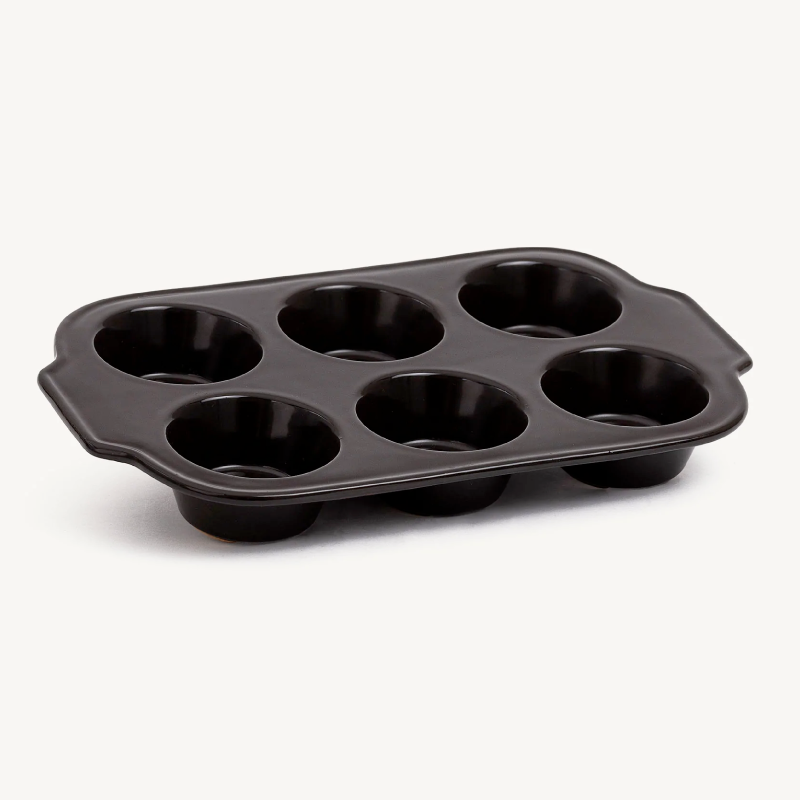
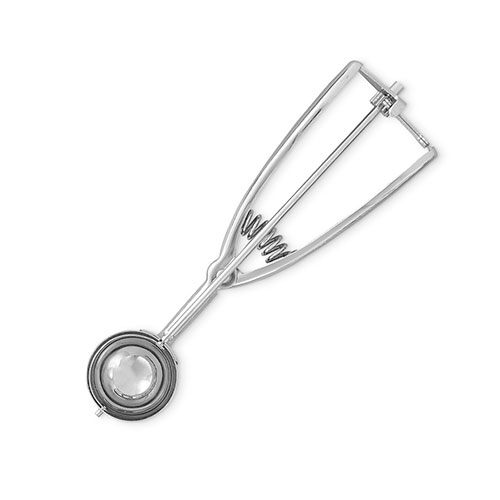
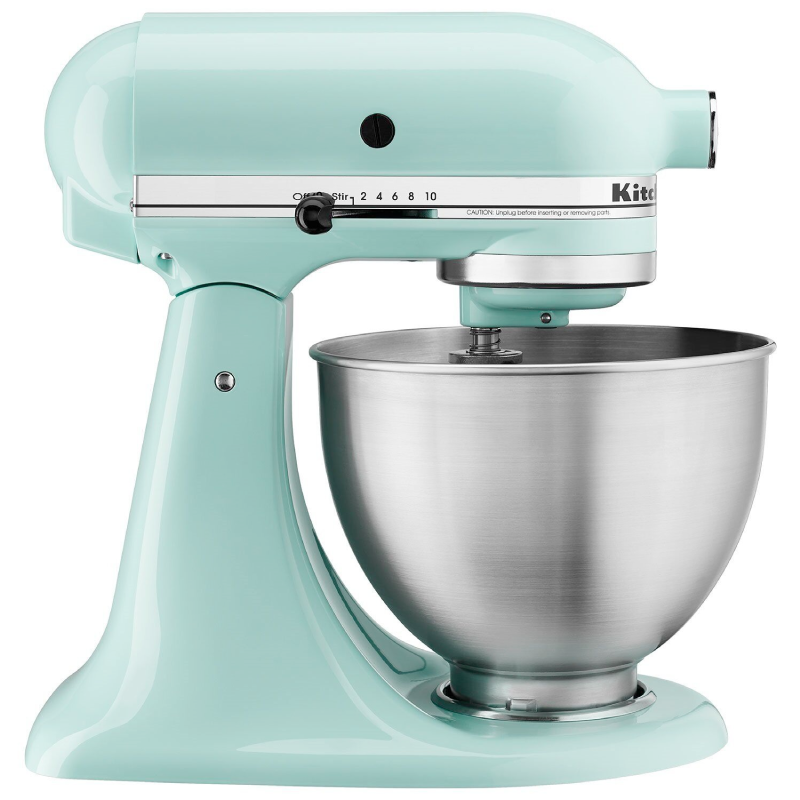
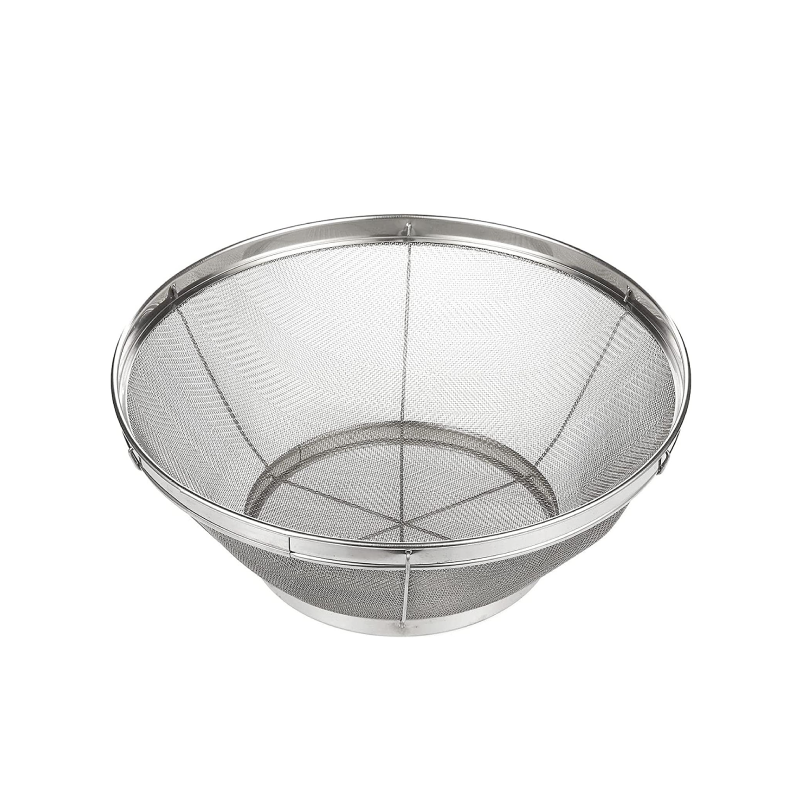
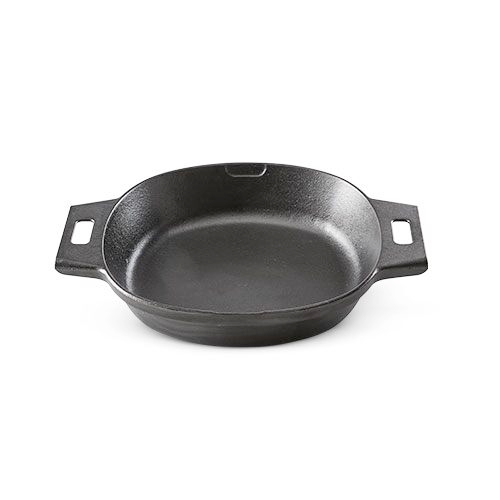
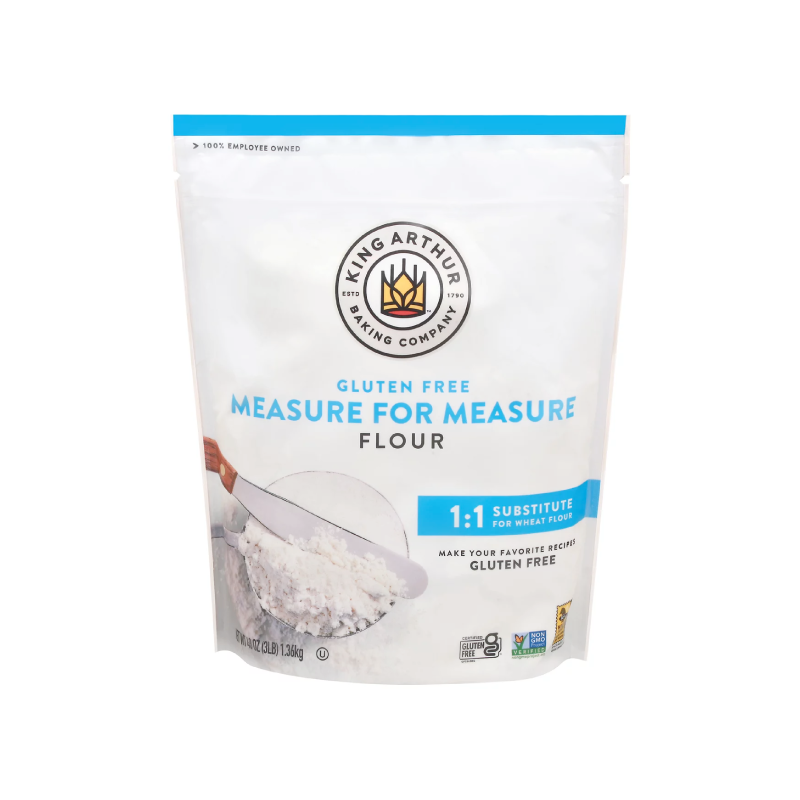
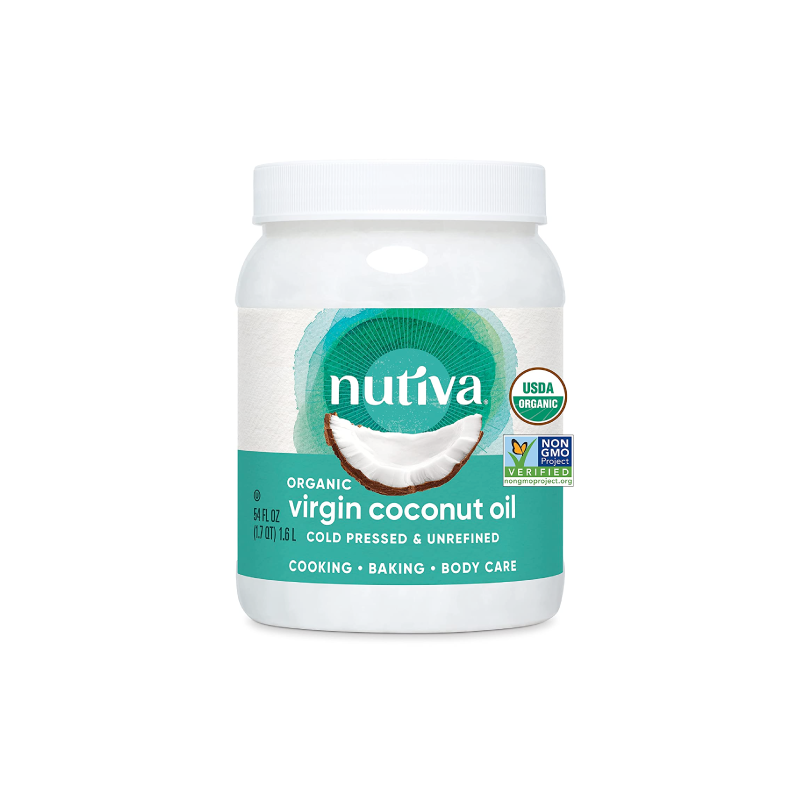
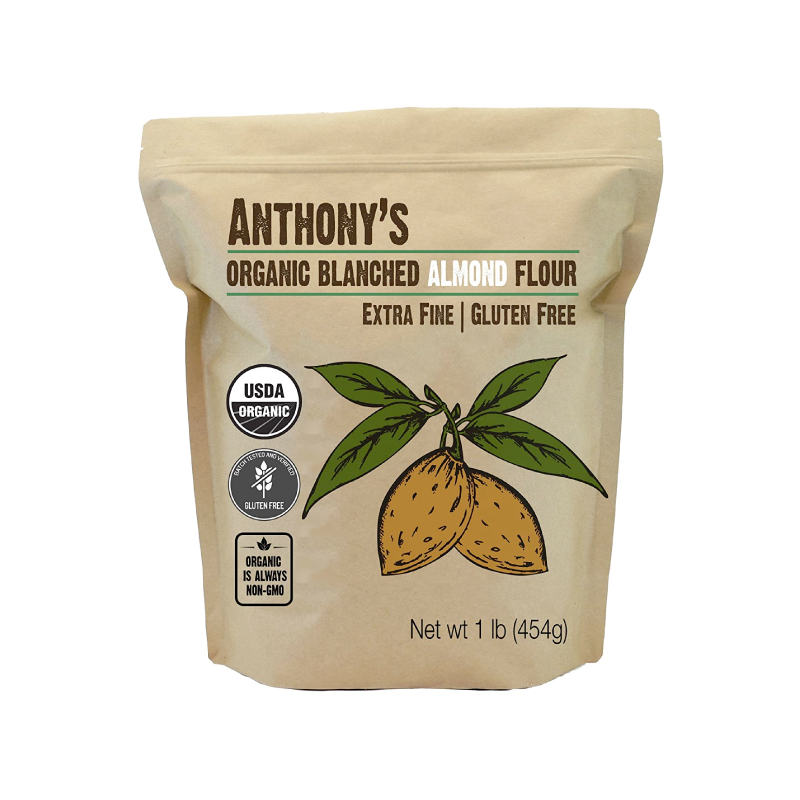
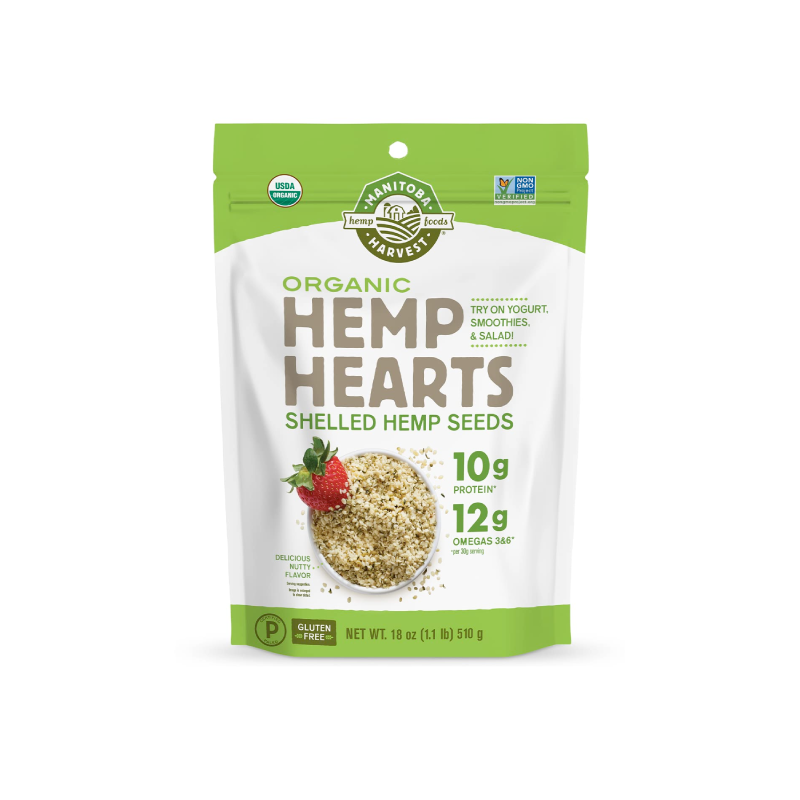
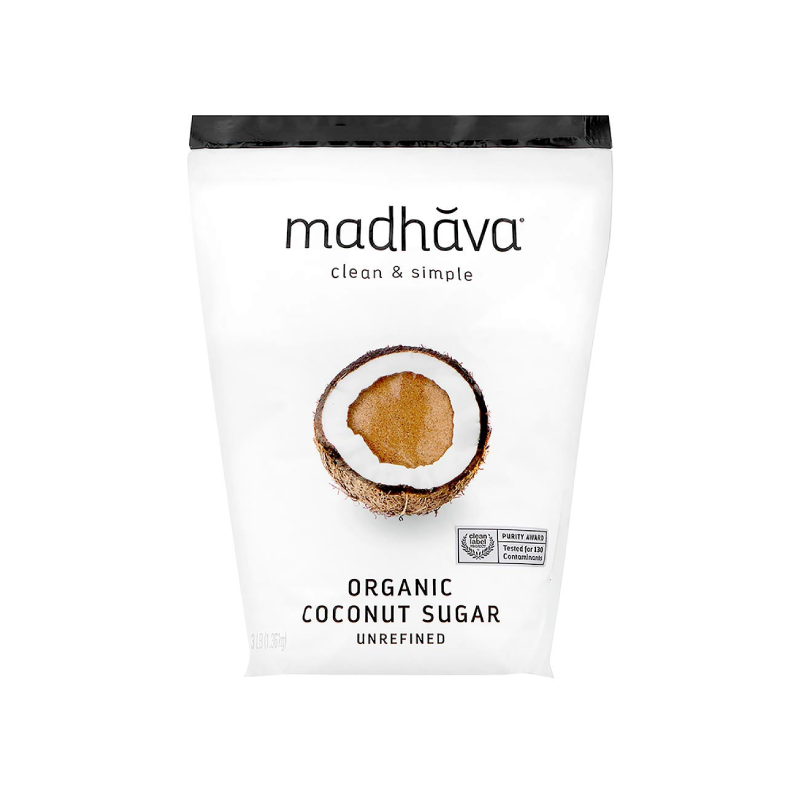
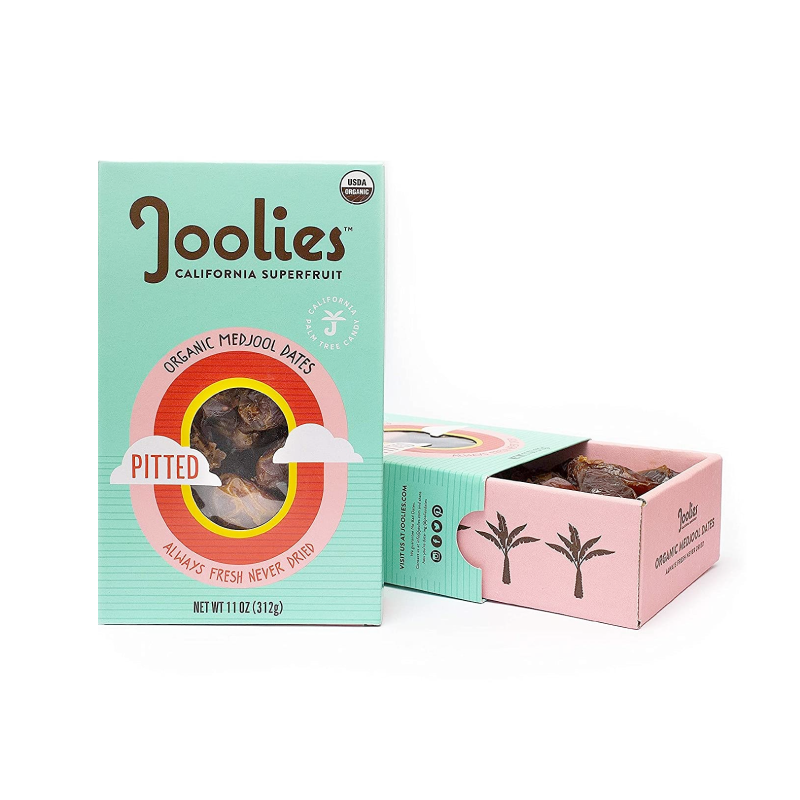
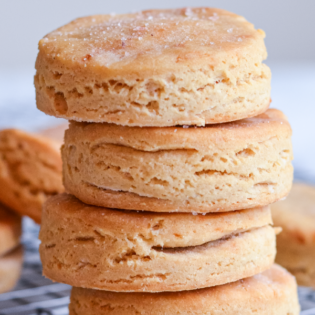
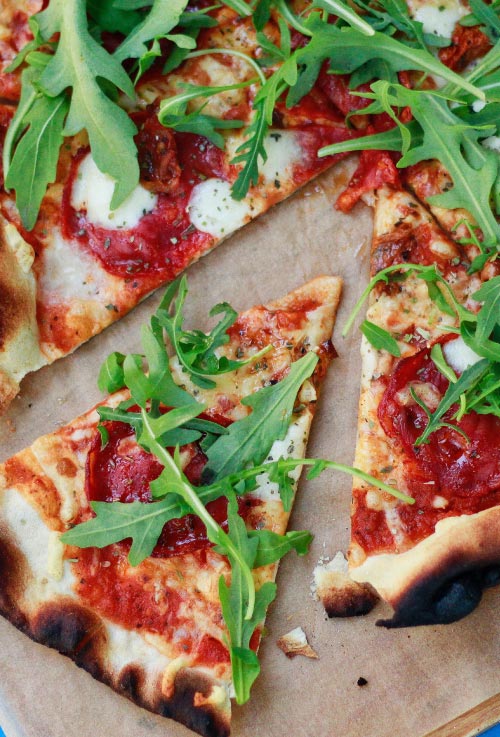
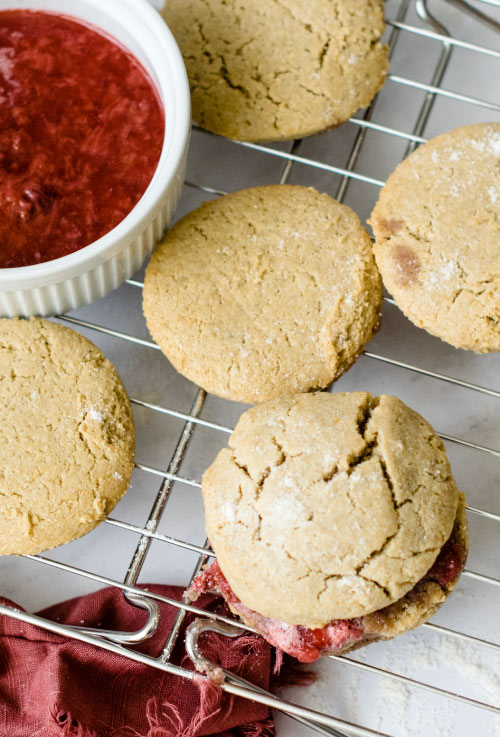
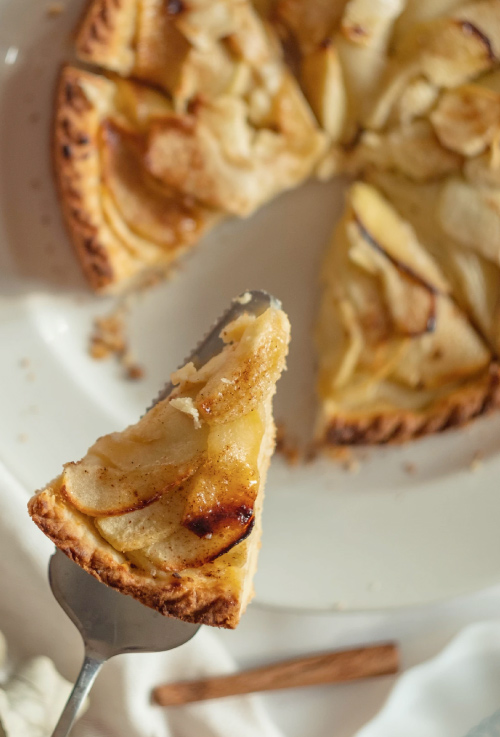
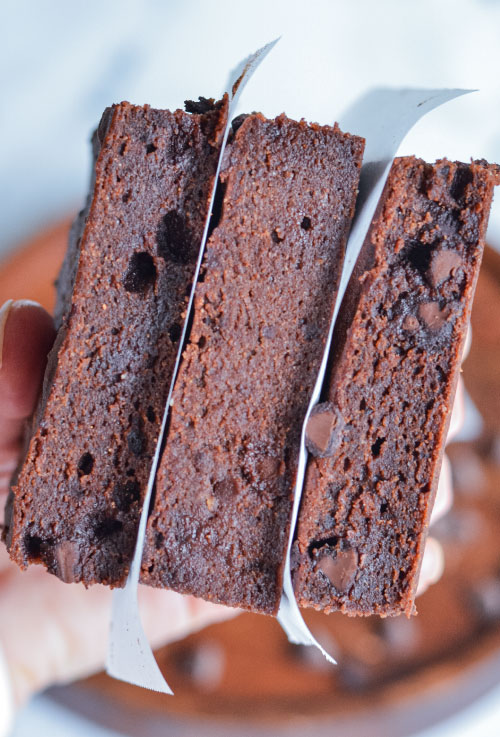
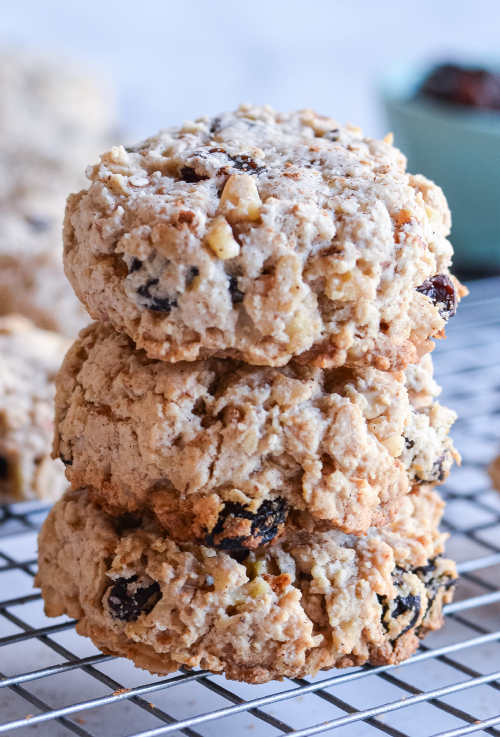
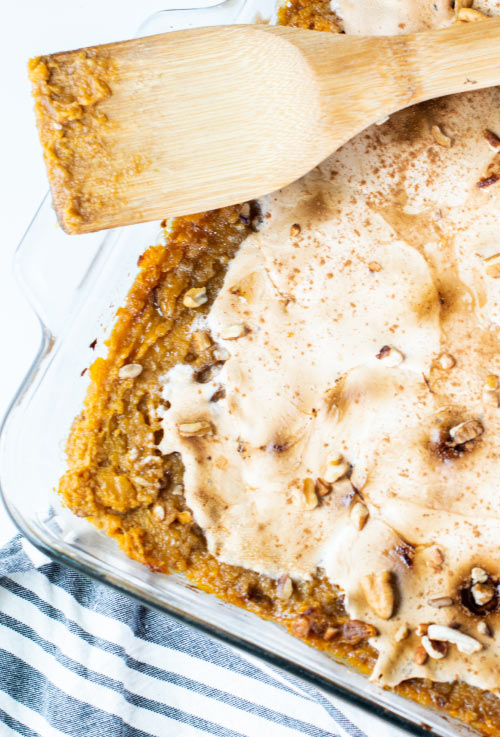
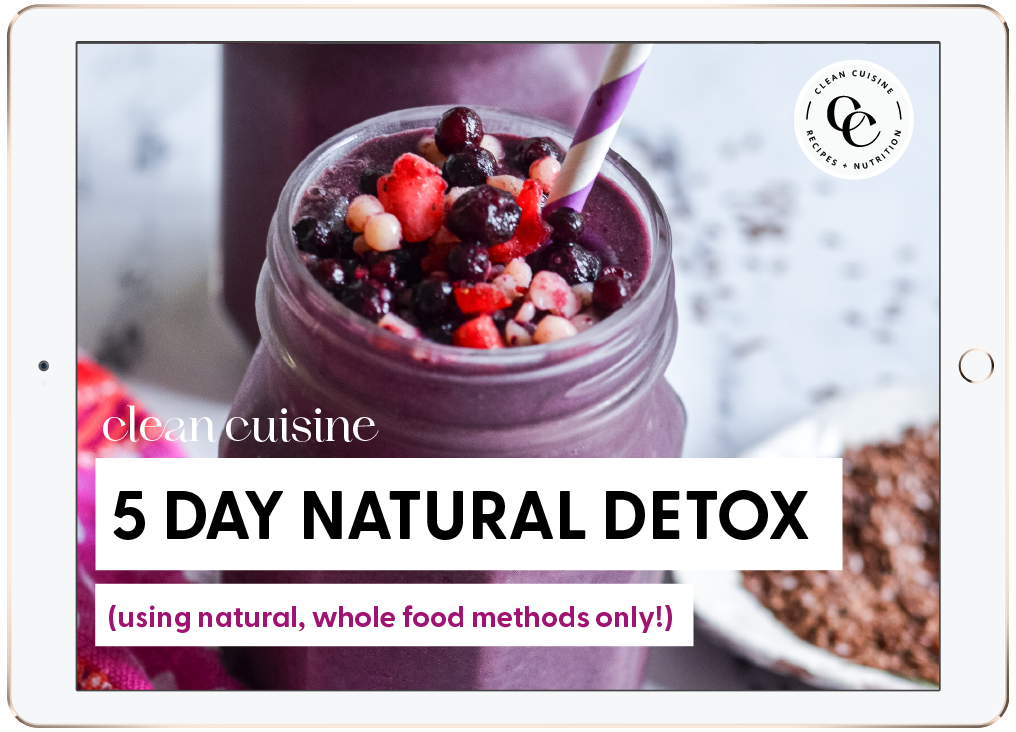
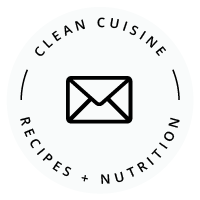
Kathy D
Thursday 18th of January 2024
Question, have you ever tried this with alternative flours? We are dealing with wheat, egg, dairy and banana allergies....it's a struggle.
Aimee Niedosik
Thursday 18th of January 2024
I recommend only using a good gluten free bread mixture flour like the one linked! Other flours would need gums added to them.